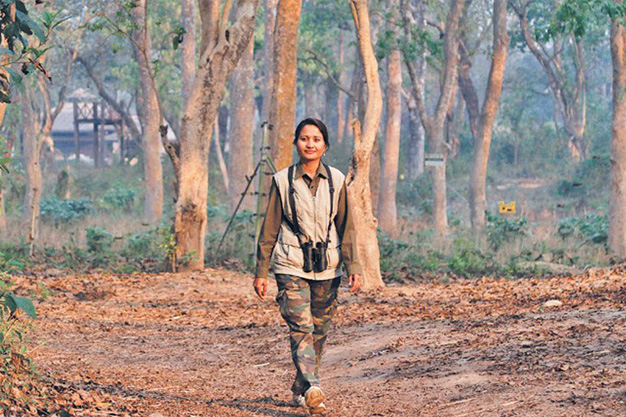Hailee Rixton
Conservationist
Conservationist

The second choice is to become a conservation scientist. This features theory rather than practice and more lab work than working direct with artefacts, sites, biological life and ecologies. These roles are likely to include research and development of conservation materials and methods in all fields (related to biochemistry and biophysics). Conservation scientists may find more career paths open to them and a cross-disciplinary approach.
A professional Conservationist (as opposed to somebody interested in conservation) is employed in the preservation of a thing. It is a generic term that may be used in a wide range of disciplines, mostly relating to environmental sciences and environmental related areas. These include archaeology and cultural heritage (preserving built heritage and / or artefacts), ecology, of individual plant and animal species and much more. They can also become soil and plant scientists in understanding how to preserve individual elements of an ecology.
Most professionals entering into this career have two choices once within each respective field. The first is that they can work “on the ground” in interventionist roles -as conservation workers. For example, archaeological conservationists will work in labs cleaning finds from a site and taking steps to preserve them and store them for study. They may work in land clearance removing plant species that may damage built heritage.